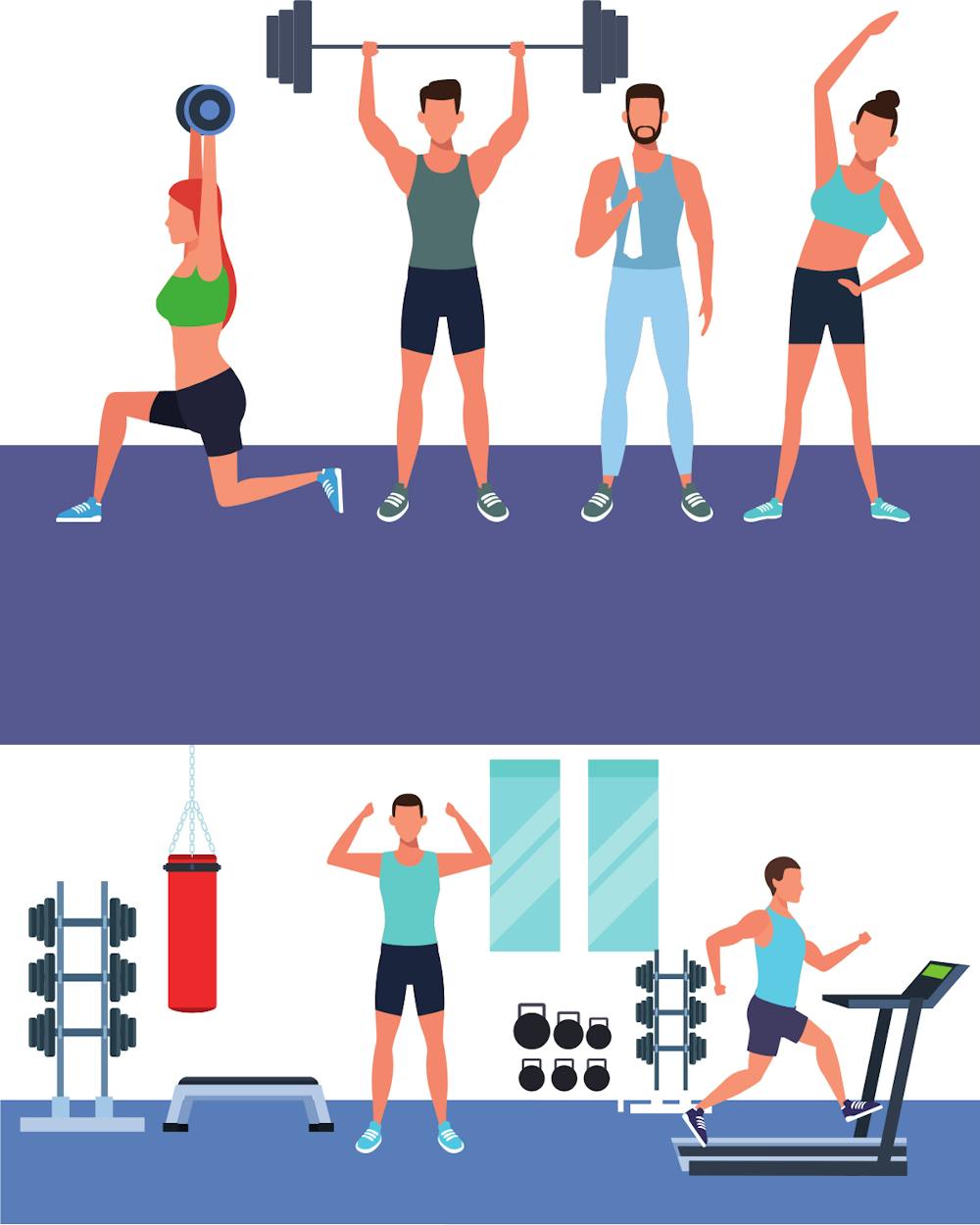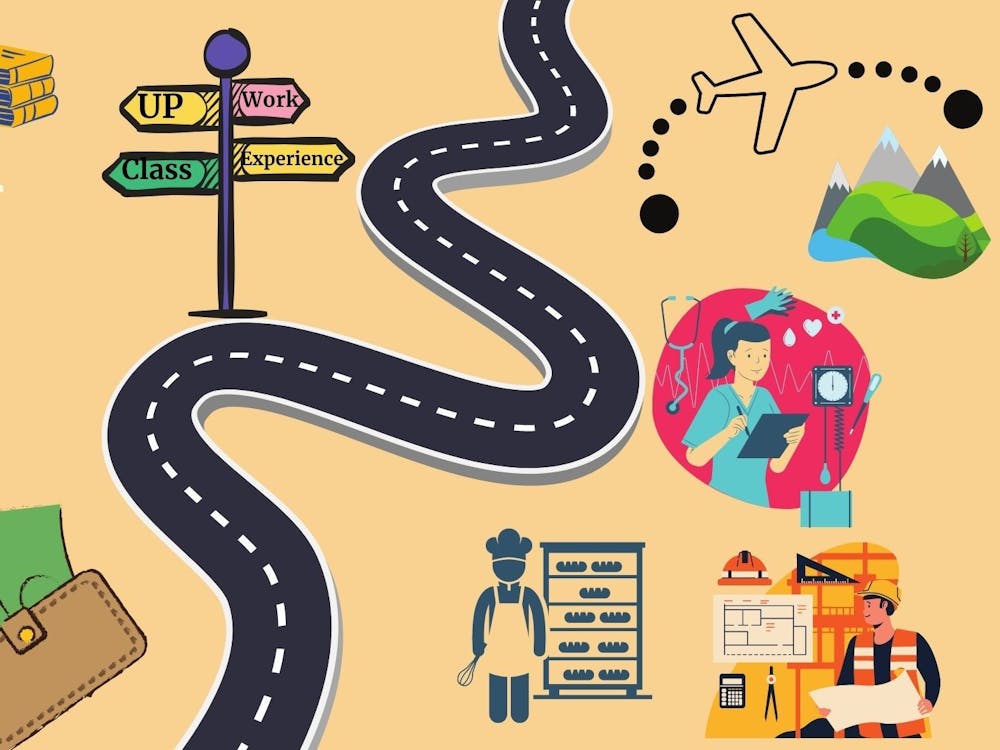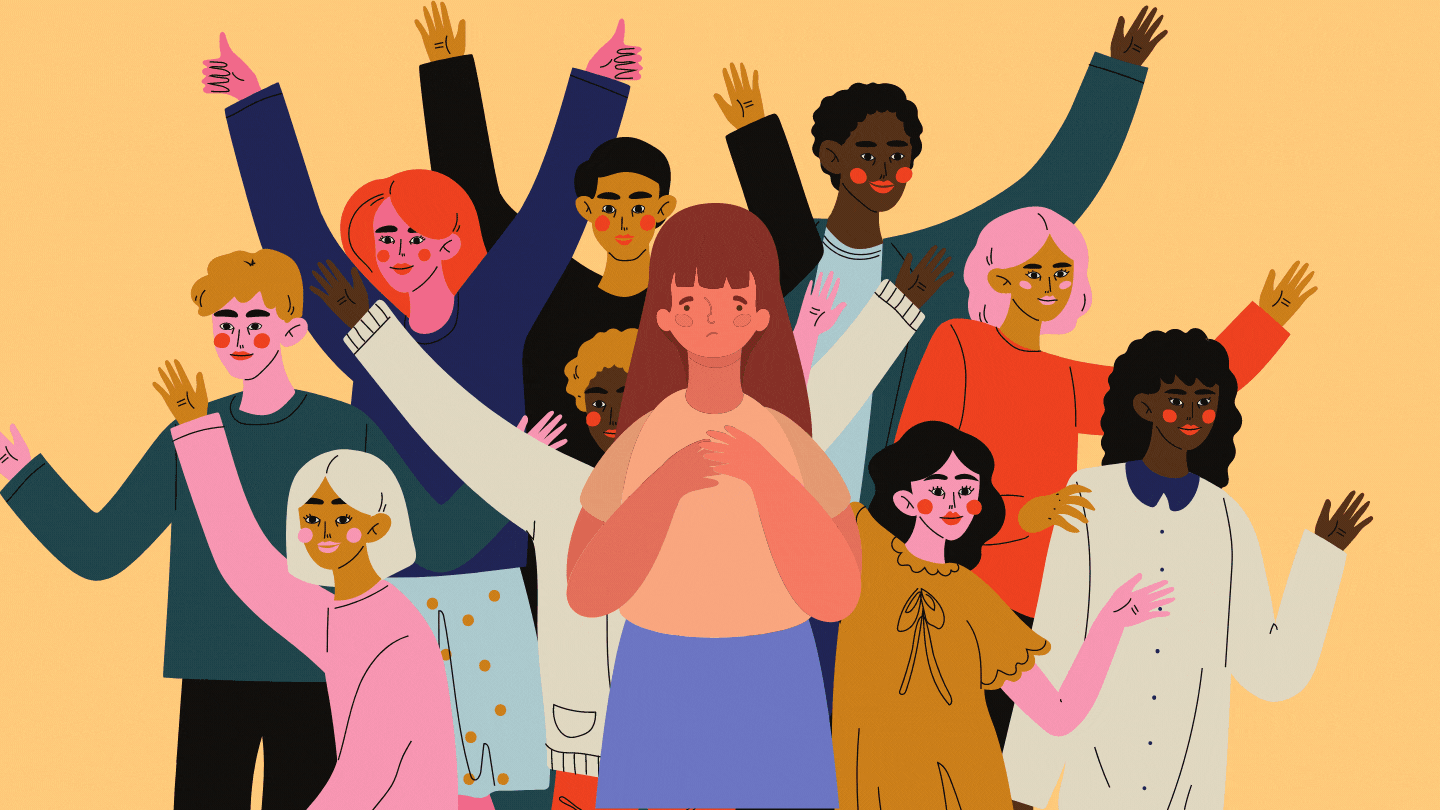The sun has ceased shining brightly overhead, leaving behind only a grayish sky that greets you in the morning, ushers you asleep at night and keeps you tucked away indoors during the few hours in between.
The soft pitter patter of rain that you once found soothing has now faded into the background as you pull yourself out of bed, slide on your rainboots and reach for your favorite jacket. Walking out your door, you pull your hood over your head and find your eyes landing low on the horizon, only to capture the fall of a browning leaf as it floats down and lands gently on the puddle beneath a nearby tree.
While that was a slightly dramatic depiction of what living in Portland is like between the months of October and March — you get the idea.
Its cold, its gray, and its rainy, and when paired with the stressful life of a college student, is a recipe for disaster.
Seasonal affective disorder (SAD) is a type of depression that's related to changes in seasons — that begins and ends at about the same times every year. It is most common for people with SAD to have symptoms begin in the fall and continue into the winter months, extinguishing your energy and causing significant changes in your mood.
In some cases these symptoms can be minor, but in others it can be more severe and begin to affect the everyday lives of those suffering.
“It's more than just ‘the winter blues’ that a lot of us experience in the Northwest,” said professor of psychology Andrew Downs. “It's being really fatigued, sleeping a lot but never feeling rested, sometimes you see a disruption in appetite, oftentimes a person might gain weight or lose interest in activities they want to enjoy. And then you can have some of the cognitive symptoms like being really self critical, down on oneself, feeling guilty, thoughts of dying or suicide if it's more severe, those can definitely occur.”
While no one treatment works for everyone, The Beacon talked to a few UP psychology professors to come up with some tips to help you avoid falling victim to SAD this winter.
Move your body
At this point in the semester we are drowning. Workload is increasing, exams are inching closer and closer to us and our energy has never been lower. However, despite this, the importance of making time to exercise and move your body remains relevant, and studies show that it may even be more important for those struggling with SAD.

Exercise, especially with a group, is a great way to keep the blues at bay.
Photo Illustration by Brennan Crowder
“They've actually done clinical trials with people who were severely depressed and exercise is just as effective as any medication available,” Downs said. “I think it's a huge protective factor when someone develops this depression and of course it gets harder sometimes in the winter months, but it doesn't have to be going to Beauchamp and working out hard for an hour, it's just moving your body.”
As the days shorten, even though exercising may seem like the last thing we have time or energy for, it can have a positive effect on our mental health. A bonus to exercising is that it frequently doubles as social activity — giving you the opportunity to find a ‘workout buddy’ or attend workout classes in the gym.
“I think really prioritizing some social activities is very important, and if you can, combining them with physical activity,” said Deana Julka, chair of psychological sciences. “Having a walking group, even in the rain can be exhilarating sometimes, make sure you're dressed for it, but 30 minutes of walking with friends is great.”
Get some sun
Although the days are dreary, the act of going outside and taking in the limited amount of sun — even in the pouring rain, has proven to be very beneficial.
“The research suggests that what contributes to SAD is really the amount of sunlight that we are exposed to over the course of the day — so how much time the sun is above the horizon,” Downs said. “And they say that clouds don't matter, rain doesn't matter, it's just purely hours of the day that the sun is above the horizon. So you don't really see this in Southern California for example, Oregon is where it starts to increase.”
On the days where hours of sunlight is minimal, or you find yourself stuck in classrooms during prime daylight hours, the use of artificial light is a good back up option.
“Exposure to artificial light helps keep your circadian rhythms on track,” Julka said. “So especially if you noticed that this is something that is seasonal for you, this could be a first line treatment — and there's no downside to it.”
Fight isolation
Although we are living in a unique time where social isolation is encouraged to limit the spread of COVID-19, it is important to connect with other people through social interactions in a COVID-19 safe environment.
“When people start to feel depressed, a lot of times they get that feeling of, ‘well, I don't really want to do that right now,’ or ‘I don't have the energy,’ that's when we can kind of start to slide downhill,” Downs said. “Because the research says even if we don't feel like doing something that we typically enjoy, if we actually just make ourselves go and do it, we'll get some enjoyment out of it.”
When experiencing symptoms of SAD, and one of the last things you want to do is get out of bed and spend time with other people, it is vital to push through and attend social events despite the intrigue of social withdrawal.
“But there's this potentially causal relationship between social isolation and depression,” Julka said.”The more depressed we feel, the more we pull away. Which we should actually try to do the opposite.”
Practice Mindfulness
When the days begin to fade together in a monotonous blur, it can be easy to get wrapped up in the stress of our daily lives without taking the time to stop and appreciate the positive things.
“We all have what's called negativity bias, where we tend to notice and remember the bad things that happen in our daily life and our life disproportionately,” Downs said. “A gratitude practice trains your brain to notice all the little good things that already happened in your life. It's not gratitude for big things, it's small things like ‘I had a nice cup of coffee this morning.’”
Downs also recommends practicing moments of “micro-mindfulness”, where he encourages students to take the time to put their phones away, spend less time scrolling through social media and be present in the moment. Scrolling through and looking at social media for extended periods of time have been repeatedly shown through research to negatively impact mental health.
Other options for brief moments of mindfulness include meditation and journaling.
“Keep a journal and even be aware of your moods,” Julka said. “Just a quick check in every day so that you can actually see, 'For the last few days I've really been feeling this — what's going on?’ So that self awareness is really important.”
Talk to a professional
While this article was aimed at providing tools for students who are struggling with SAD, in some cases the best solution is through seeking help from a medical professional.

Sometimes the best course of action is speaking to a medical professional about your mental health and how you're feeling.
Photo Illustration by Brennan Crowder
“The main two indicators are clinically significant impairment — what that means is the person is having a really hard time doing what they normally do,” Downs said. “Their grades are starting to go down a lot, or they're upset and missing class a lot, and they are not doing the social things that they used to do. And then the other one is clinically significant distress — which means the person is hanging in there, still doing what they need to do, but they're feeling terrible.”
If you are experiencing significant impairment or significant distress, contacting a professional for help should be one of your first steps, so that you can discuss options like medication and therapy. Options include the Health and Counseling Center on campus, as well as other mental healthcare resources in Portland like Cascadia Crisis Intervention, Portland Mental Health and Wellness and Multnomah County Behavioral Health Crisis Intervention.
“I would say if you're feeling some of these symptoms, even in a mild form, that is the time to get help, before it escalates,” Julka said. “I do think the symptoms can escalate and can get to a point where it's a lot harder to treat, because some of the initial things that I would suggest in terms of treatment, the earlier you do it, the better.”
Haviland Stewart is the Living Section Editor at The Beacon. She can be reached at stewarth22@up.edu.








